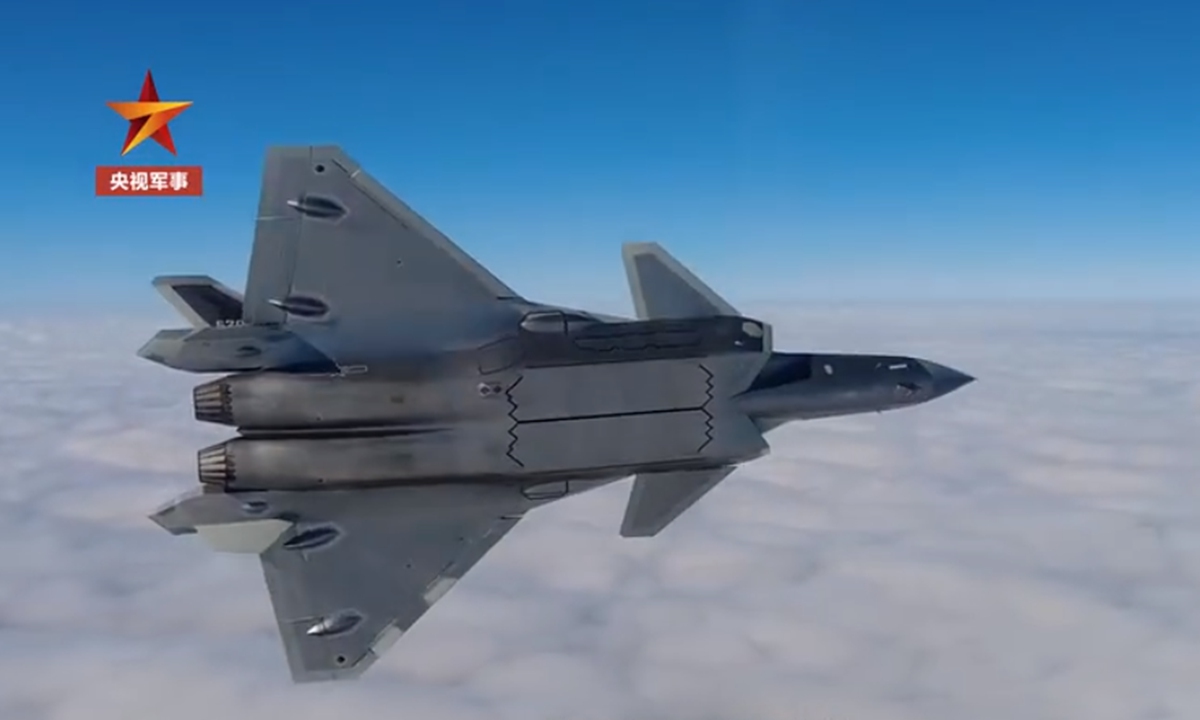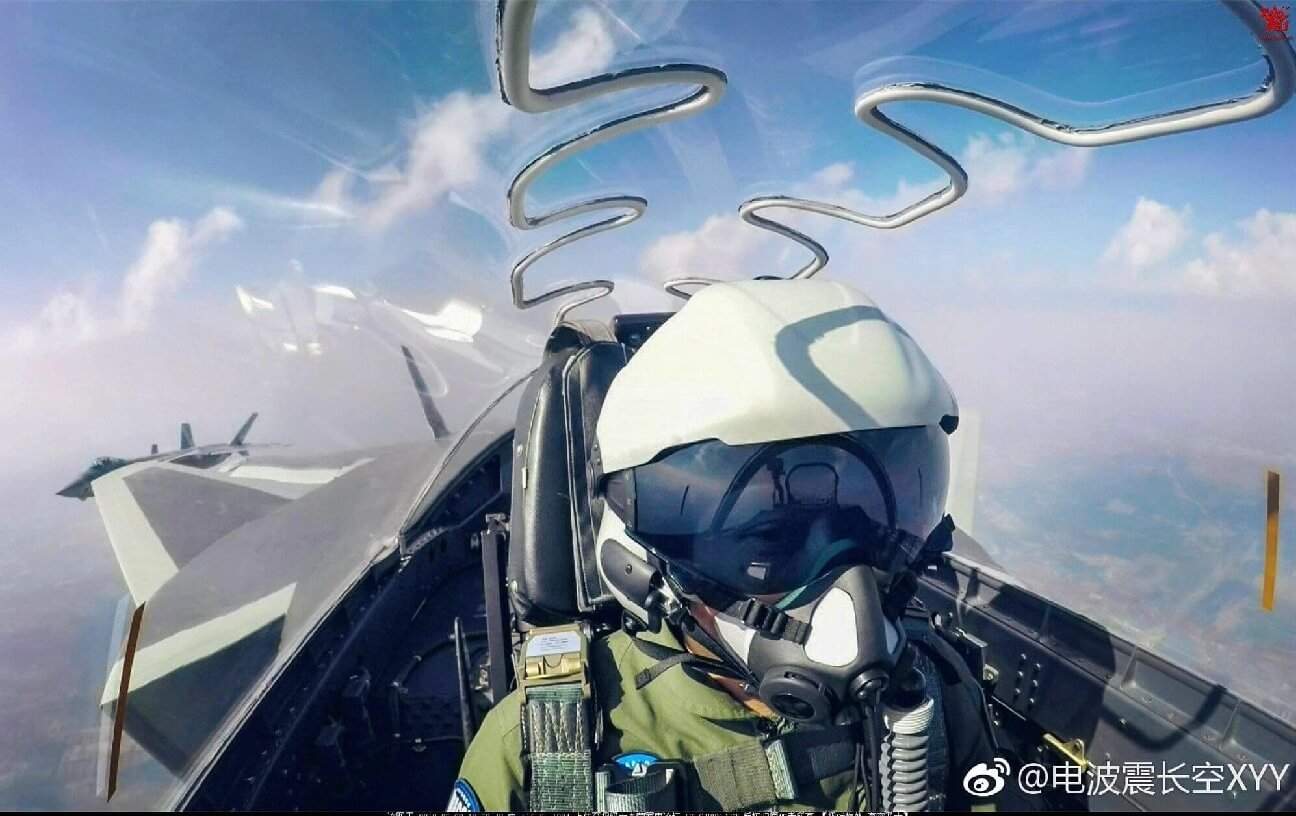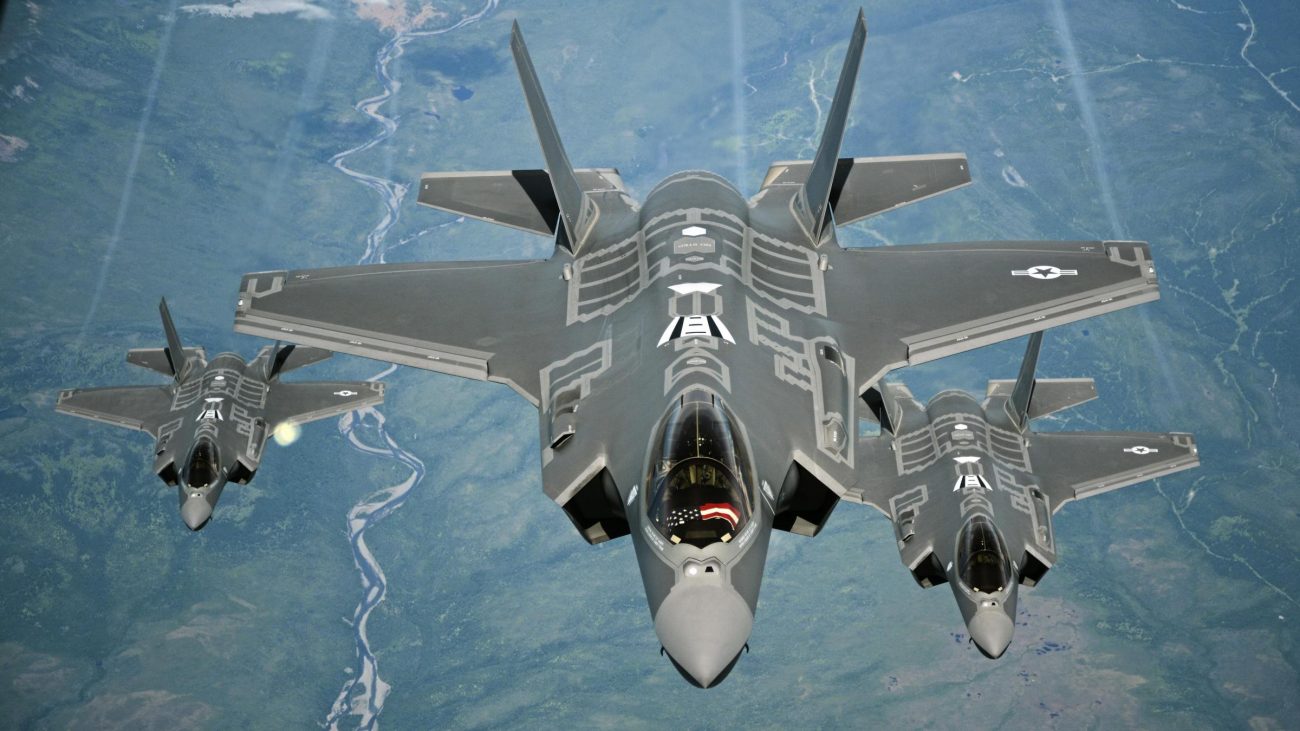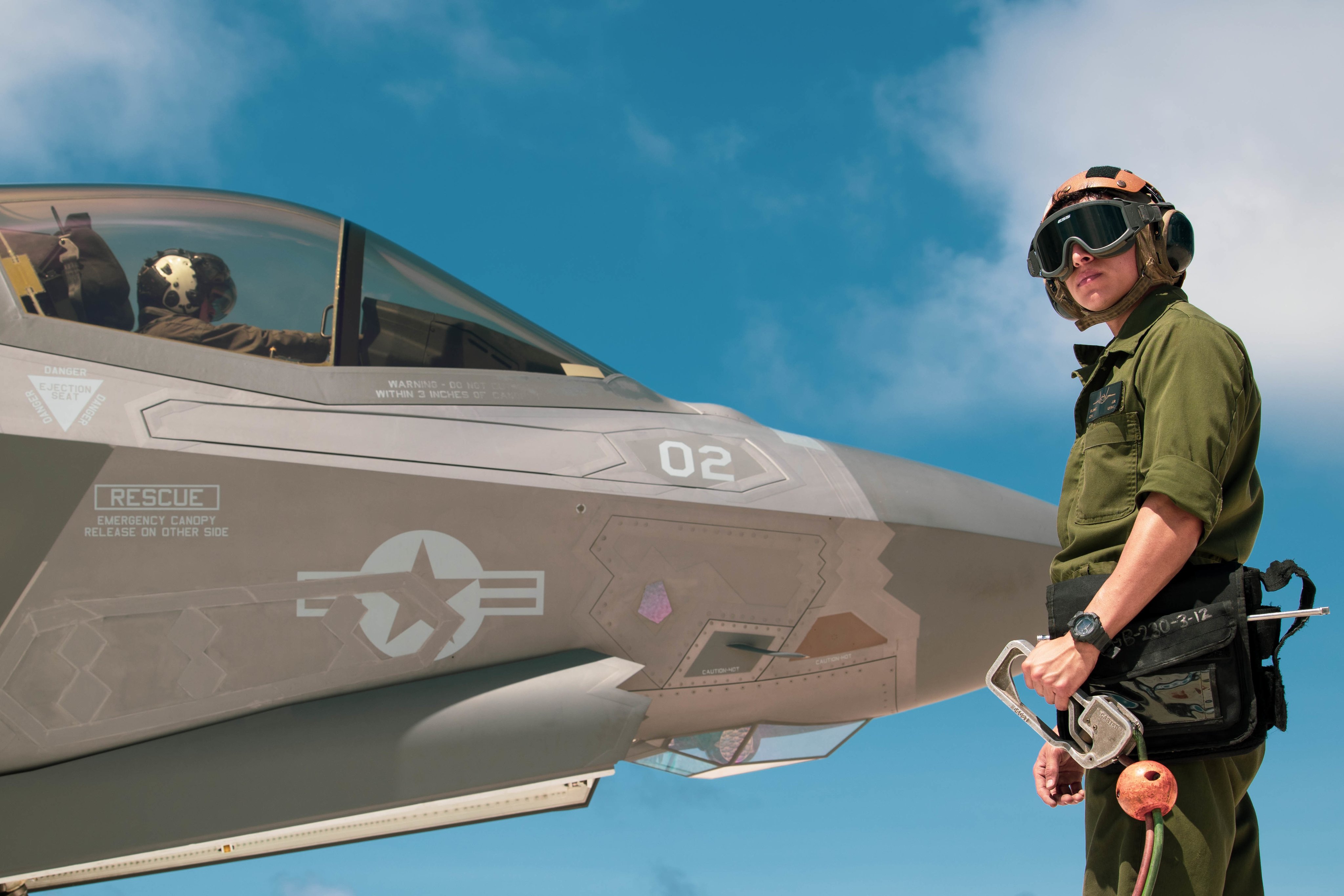As the struggle between China and the United States (US) intensifies, a Chinese J-20 fighter pilot has made intriguing revelations about the PLA Air Force’s (PLAAF) fifth-gen warplane.
Russia’s ‘Nuclear-Powered’ Cruise Missile Dubbed ‘Flying Chernobyl’ Could Be Ready For Deployment By 2025 — Reports
World’s Deadliest Aviation Disaster – Japan Commemorated 37 Years Of Horrific Tragedy That Killed 520 People
A publication linked to the Chinese military, the People’s Liberation Army Daily, has revealed that a J-20 fighter pilot Yang Chunlei flew the warplane to identify foreign military aircraft that entered China’s East China Sea Air Defense Identification Zone (ADIZ) in July.
This assumes significance as it is the first time Chinese official sources have confirmed a J-20 was employed to identify foreign military planes in China’s ADIZ. It implies that the J-20 is entirely capable of detecting and recognizing the stealth fighter aircraft of other nations, according to China Daily.
Generally, an air defense identification zone is a unilaterally declared area where the claimant country tracks and identifies aircraft flying within that designated space. China’s ADIZ covers the entire East China Sea and overlaps with Japanese, South Korean, and Taiwan ADIZ.
The article said the Air Force was now “flying the routes that had not been flown and accessing the airspace that had never been reached” as it became capable of carrying out “both defensive and offensive operations.”
EurAsian Times reported in April 2022 that the J-20s were deployed to the East and the South China Sea for combat patrols. In addition, the fifth-generation stealth fighters also participated in the war games conducted in the aftermath of Nancy Pelosi’s visit to Taiwan earlier this month.

“When we first started our patrols, there were protests from some countries and provocations by foreign military aircraft,” J-20 pilot Yang Chunlei told PLA Daily in the context of the J-20s patrolling East China ADIZ.
“Since our air and sea forces turned the management of the East China Sea ADIZ into a routine, aircraft from most countries now basically fly in accordance with our protocols.”
However, the most intriguing part about the pilot’s comments was the J-20’s capability to search and identify other countries’ stealth fighters – a covert reference to the American F-22s and F-35s that often lurk over the Indo-Pacific.
J-20s Tracking The F-22s & F-35s?
In March 2022, US Pacific Air Forces Commander General Kenneth Wilsbach revealed that the US F-35 stealth fighter jet had a close encounter with China’s J-20 stealth fighter jets over the East China Sea. At the time, the Commander had sounded optimistic about the J-20’s capability. However, the J-20 pilot’s comment goes a step ahead.
According to the article, the J-20 has a photoelectric targeting system, a photoelectric distributed aperture system, and an airborne active phased array radar with a more extensive detection range. Both systems recognize foreign military aircraft, strengthening their capabilities when used together.
The J-20 will be better able to handle the problematic maneuvers of stealth fighters like the F-22 and F-35 jets stationed in Japan and the Republic of Korea because it has significantly improved recognition of foreign stealth fighter aircraft.

EurAsian Times reached out to Indian Air Force veteran and former fighter pilot Vijainder K Thakur to understand how the J-20 would lock in on US stealth fighter jets.
“The J-20 locks in using its Opto electronic suite (OLS/IRST), which typically comprises forward-looking IIR, TV & laser range finding systems. Imaging Infrared Radar (IIR) & TV can identify a fighter at ranges as far as 80 kilometers on a clear day/night. Laser ranging gives the pilot the exact range. Most fighters, including our Su-30MKI, MiG-29, and Rafale, have it. China is believed to have a pretty capable OLS.”

The Chinese article further claims that modern fighter planes are equipped with the capacity to destroy upon discovery, which allows them to lock onto a target and launch an attack immediately after they locate it. Accordingly, the J-20 is better equipped to handle any possible threats posed by F-22s and F-35s.
Examining the claims, Thakur told the EurAsian Times: “What the pilot is saying is this – Since the J-20 has good front aspect stealth, it can come close enough to an F-22 to detect, identify, track & lock on to it using its passive front aspect Opto electronic detecter. Like other modern fighters, the J-20 is equipped with long-range air-to-air missiles. So it would be possible for the J-20 to get the all-important first shot at the F-22.”
“The F-22 is a very effective platform for taking down adversary air defense systems in heavily contested airspace and establishing air dominance. However, the J-20 can effectively engage the F-22 using front aspect attack, particularly when the battlefront is small, as would be the case if the PLA were to assault Taiwan”, he added.
The radars of Taiwan failed to pick up the J-20’s course during military exercises conducted by the PLA around the island of Taiwan. Thus, the stealth ability of the J-20 has completed its field test, according to the China Daily.
The article further asserts that the Chinese military will have a strong chance of defeating the enemy’s stealth fighters should a military war break out.
J-20 vs F-22, F-35
As noted by EurAsian Times, the US participated in joint exercises with Japan using 12 F-22s and 4 F-35s. It was in response to an increase in “strategic coordination military flights” between China and Russia over the Sea of Japan and other naval maneuvers.
Philippines-based military analyst Miguel Miranda told the EurAsian Times: “I find descriptions of China’s air combat capabilities from “official sources” to be either superficial or vague.
When it comes to sizing up the J-20 compared with the F-22, both models have more similarities than differences, and they were both created for beyond-visual-range engagement. I must emphasize that many US analysts judge the Chinese air force/PLAAF as having reached parity with the US Air Force in BVR combat.
“What can ultimately decide the clash of the US and Chinese air power in the Asia-Pacific is whether a combination of networked air defenses, electronic warfare, space-based intelligence gathering, and area denial tactics will keep the USAF and Navy from contested waters near Taiwan.”
It is believed that J-20’s stealth technology was obtained from the F-35 Lightning II program through cyberattacks and computer hacking of private US defense contractors. However, the claims that Taiwan could not track its course during drills do account for something.

China is putting efforts to up its game with the J-20 fighters. According to Chinese analysts, China’s technical gap with the United States has decreased in terms of jet engines, and cutting-edge technology like a higher thrust-weight ratio, vector thrust control, and variable cycle is probably in the works.
China had previously declared in January that it would start modernizing the engines of its J-20 stealth fighter jet this year to catch up to the performance of the American F-22 Raptor. The WS-10C engine, which was produced domestically and is currently being updated with thrust-vector technology, powers the J-20.
The thrust vector technology, which has been worked on for two decades in China, is supposed to add more teeth to the engine and enhance the maneuverability of the J-20 aircraft to match the capability of the American F-22.
Further, in General Wilsbach’s words, “We notice that they are flying it pretty well. We recently had – I wouldn’t call it an engagement – where we got relatively close to the J-20s along with our F-35s in the East China Sea, and we’re relatively impressed with the command and control associated with the J-20.”
So, while the claims in official Chinese publications are taken with a pinch of salt, the fighter pilot’s comments come at an opportune moment when tensions are rising in the Indo-Pacific amid the increased activity of stealth fighters fielded by opposing sides.
- Contact the author at sakshi.tiwari9555@gmail.com
- Follow EurAsian Times on Google News




